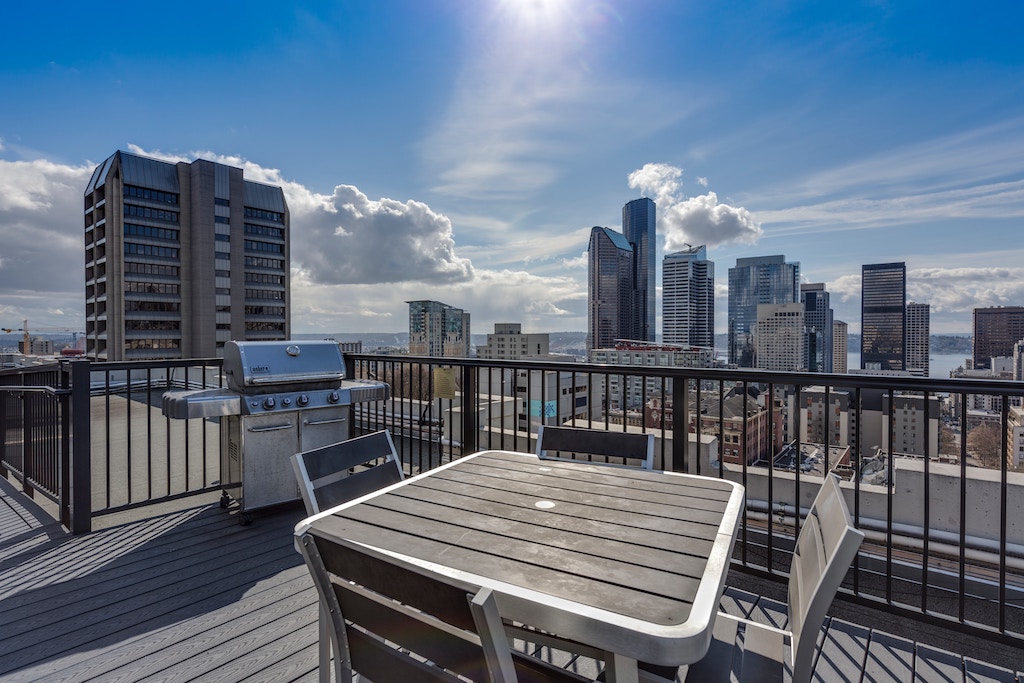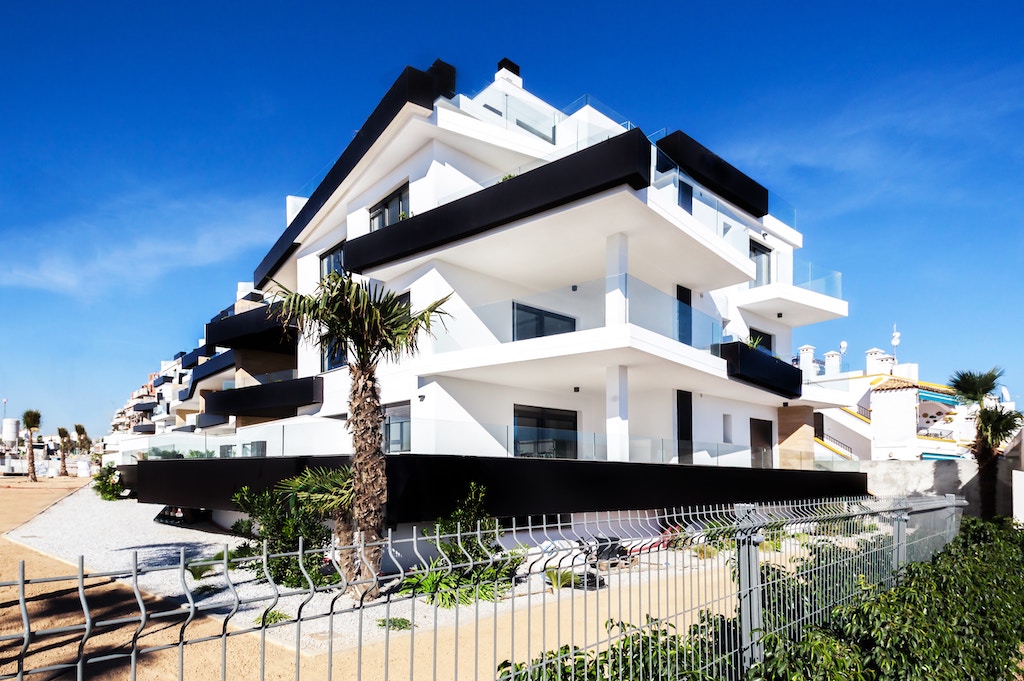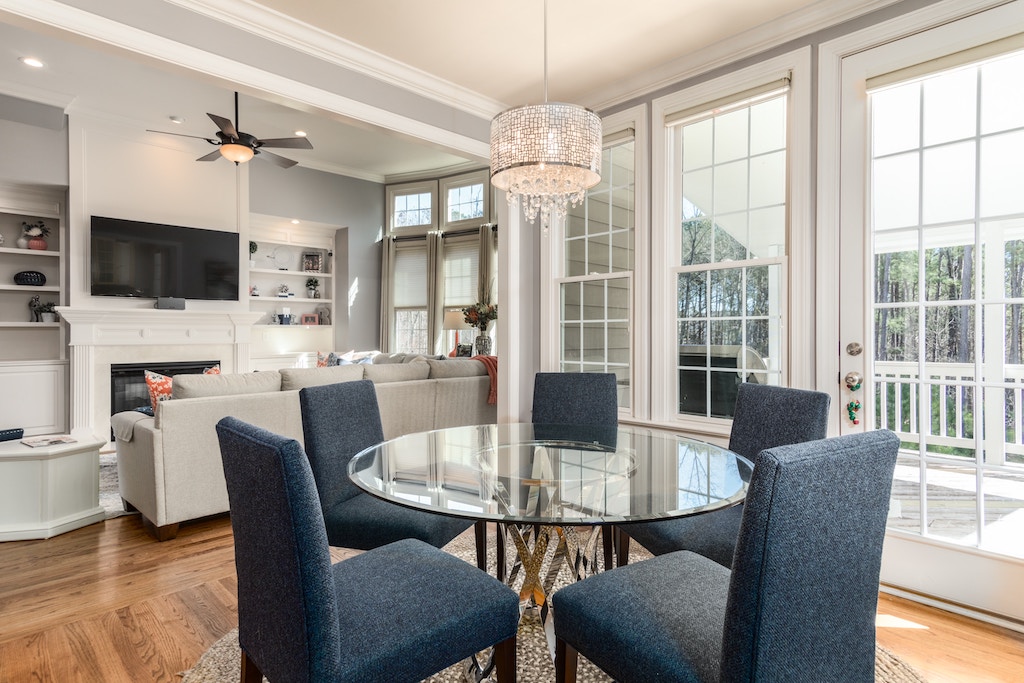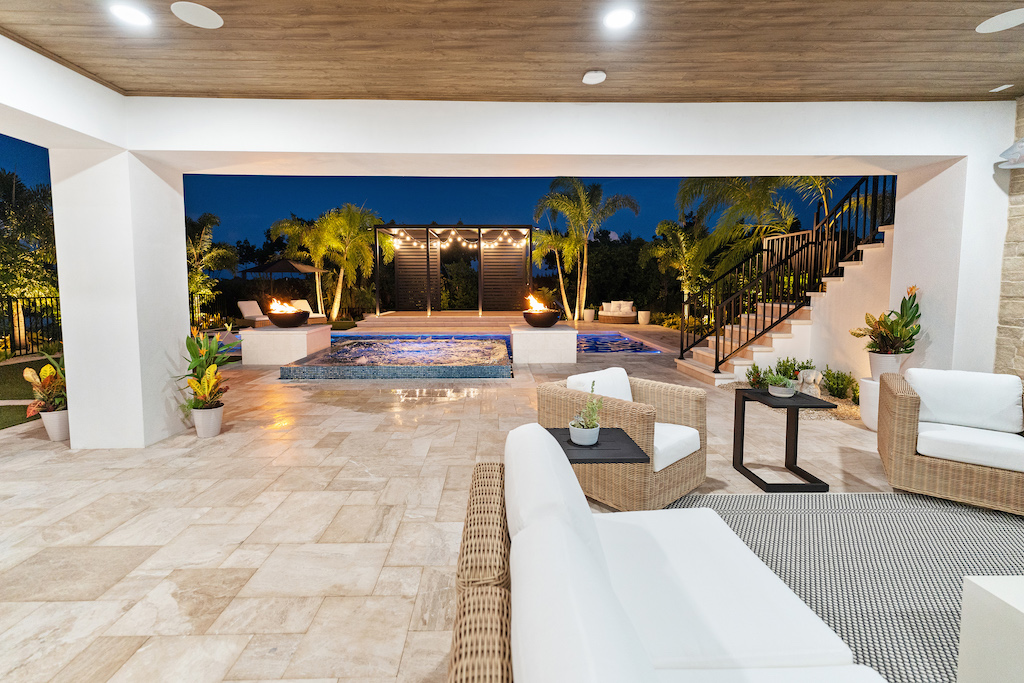
Photo by Austin Distel
Nevermind the dog days of summer. The U.S. Federal Reserve has moved the domestic and global markets in big ways: It has cut federal interest rates, also known as the federal funds rate, for the first time since the 2008 financial crisis, following a steady stream of rate hikes since 2015. The move would have a trickledown effect that may help “entry-level” luxury buyers and savvy real estate investors, or may encourage more foreign purchasers to look to the U.S.
The federal funds rate is the rate at which banks with balances held at the Federal Reserve, the country’s central bank, can borrow from one another on an overnight basis. While there isn’t a direct correlation between mortgage interest rates and the Fed’s funds rate, which is what’s widely anticipated to be cut at the end of the month, U.S. housing markets stand to feel the impact in a few key ways, especially in the lower segments of the market where first-time and millennial buyers have struggled to get a foot in the door.
Mortgage rates do loosely follow the 10-year Treasury bond rate, which is tied to the Fed’s funds rate, explained Melissa Cohn, a New York City-based broker who is executive vice president of the Private Client Group at Family First Funding LLC. “That really defines where mortgage rates go, so when the bond yields go up, mortgage rates go up,” Ms. Cohn said, and likewise if they go down.

Photo by Breno Assis
Any ripple effect on the housing market will take weeks—if not months—to become evident, and the highest tier of the luxury home market won’t be hugely impacted unless the rate change is half a percent or higher, she said. In interviews with economics, finance and real estate experts in mid-July, this was a common refrain. "There's been so much credit out there, especially on the luxury market side and in the commercial markets, for so long, that I don't think that a drop in interest rates is going to have much impact on either (of those markets)," said Andrea Heuson, professor of finance at the University of Miami Business School. "Just because anybody who wanted to borrow has been able to borrow."
On the other hand, if the Fed cuts rates multiple times in the coming months, as some are speculating, Ms. Cohn said mortgage rates could drop “substantially” and “that is great news for the luxury market.” “Lower rates means lower monthly payments and that will increase the amount that buyers can spend in the luxury market,” she said.
Some experts said whether it’s ultimately one rate cut or many, for people shopping around for homes at the low end of the luxury market—properties priced at $2 million or less—even a slight downtick in mortgage interest rates could be just the push they need to sign on the dotted line. “Anybody buying in a lower price range really gets affected in the best way,” said Tami Pardee, a Los Angeles-based real estate agent who is founder and CEO of the Halton Pardee brokerage. “We're excited ( about the rate cut) because once that happens we usually get an uptick in those buyers for sure.”Based on a review of current listings, her firm focuses on properties throughout Southern California that range from roughly $950,000 to $6 million, with many priced between $1 million to $2 million.

Photo by Francesca Tosolini
In this segment of the market, Ms. Pardee typically encourages clients to consider 10-year mortgages to allow for appreciation to build; 3 to 5 years is too short, she said. Buyers like the safety and security of locking in a low rate and knowing exactly what they'll owe over the term.
Another consideration when deciding to take out a mortgage or simply buy with cash, as many luxury homebuyers do, is the federal tax law changes that went into effect at the beginning of 2018. Buyers may now deduct mortgage interest on the first $750,000 of indebtedness for recent home purchases, down from the $1 million cap on mortgages taken out before Dec. 16, 2017. In addition, the law now restricts to $10,000 the amount of state and local taxes paid on a property that homeowners can deduct from their federal tax bill, which was unwelcome news to homeowners in high-tax states like New York and California.
Florida, which has no state income tax, has become more popular among Northeast second-home buyers since these changes went into effect. The thinking is that with homes priced at $1 million to $2 million, Florida’s tax advantage combined with low interest rates could help balance out the federal restrictions.
“Having a lower interest rate (on a mortgage) with the tax advantage is a net positive, so I think we'll continue to see that in terms of being a stimulus for luxury housing in Florida,” said Noah Breakstone, CEO of BTI Partners, a Florida firm that is about to start construction on Marina Pointe, a waterfront development in Tampa, Florida, with units ranging from $700,000 to $2 million.

Photo by iAlicante Mediterranean Homes
As low interest rates have held steady over the last few years, a subset of very astute high-net-worth buyers are increasingly experimenting with leveraging, or the use of borrowed money to build potential returns from an investment over time.“At 3%, money is really, really cheap,” Ms. Pardee said, referring to recent average mortgage rates. Homebuyers “can usually make 5% to 10% doing something else,” like putting their cash into bonds or stocks, rather than paying all-cash for a new home.
(The average for a 30-year fixed-rate home mortgage was 3.81% as of July 18, Freddie Mac reported. And 15-year fixed-rate mortgages averaged 3.23%.)Mr. Breakstone said he’s seen domestic buyers leveraging their assets for some time, but if interest rates drop further, more people could jump into the game.
“If they invest in tax-free municipal bonds, they could earn 4.5%, and the cost of their mortgage was 3.5%, net on net they have no mortgage cost, for a highly secure investment,” he said. “I think you’re going to see those types of tradeoffs as interest rates compress.”More recently, he’s seeing international buyers beginning to use this strategy, too, in the U.S., even though foreigners are required to pay higher mortgage interest rates (typically 5.5% to 6%) and make larger down payments (usually 35% to 50%) than domestic buyers.
Often the leveraging strategy involves refinancing a property or taking out a home equity loan against a property’s value, producing cash that can be used as a down payment toward another home. For example, a New York City-based client of Ms. Cohn’s is selling a $15 million apartment and buying another $13 million apartment; she said she helped him get 70% financing as a cash-out on his current apartment and 75% financing for his new purchase.

Photo by Douglas Sheppard
"He effectively was able to bridge all of the down payment he needed for the new apartment, so he didn't have to take any cash out of the market," she said. "(With) stock markets at record highs, people want to be able to utilize the equity that they have in real estate versus having to take money out of the market and miss out on any future gains."Ms. Cohn said she expects to see home equity rates get cheaper at the end of the month because unlike mortgage rates, they are more directly aligned with the Fed’s interest rates. That will further incentivize these types of buyers to continue leveraging their property investments, she suggested. A ‘For Sale’ Sign on U.S. Assets
Another possible outcome of the Fed’s rate drop is that it could weaken the U.S. dollar and therefore make property look cheaper to investors with foreign currency, according to Ms. Heuson.
“It's like we put something for sale,” she said. “If the dollar drops by 5%, you can put out a sign that says 5% off, for somebody who has foreign currency to spend.”
International buyers who have been sitting on the sidelines in overheated markets like South Florida, Seattle and San Francisco could be encouraged to return—and even take out a mortgage despite it being more complicated and slightly more expensive to do so as a foreigner, as Mr. Breakstone pointed out.
Secondary home markets may also look more appealing compared to major metros like Boston, Seattle and San Francisco, where there’s an influx of foreign investment, and where prices have climbed to historic highs in recent years.
If the rate change does not come when the Fed board meets July 30-31, markets could temporarily get a little messy, Ms. Heuson said, since those expectations have already been “priced into everything.” The next opportunity for a rate change is in September.






